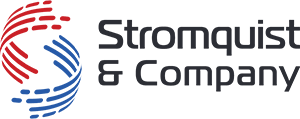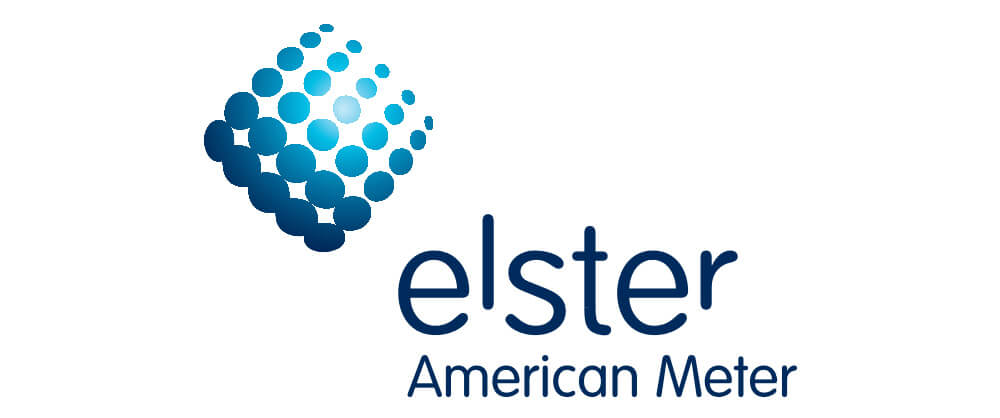Gas Regulators
We have inventory from some of the best manufacturers in the industry
How does a gas Regulator Work?
One of the best ways to learn how something works is to take it apart! In this easy to follow video we take actually take a part a gas pressure regulator and show you how it works.
In this particular video we walk through some of the basics of the regulator and the pieces that make it up internally. We look at a Maxitrol regulator, walk you through the different inlet pressures it is designed for, as well as the components and their function.
After watching this video it should help to familiarize yourself with the basics inter-workings of a regulator. Continue reading to learn what information you will need to successfully size a regulator for your specific application. *Please note that Stromquist does not handle Tank regulators for propane. Which is the first regulator in the line when dealing with propane. We can handle propane regulators just not the tank variety.
How to install a gas regulator?
Matt Koenig with Stromquist and Company walks us through the recommended way to install and set up a regulator. We often get troubleshooting calls on gas regulators where the installation is the issue. Following a few simple steps will allow you to do the installation correctly and save yourself a lot of time, effort, and money.
Important Steps to take to successfully install the regulator:
- Install a Drip Leg & Strainer to help prevent debris build up in the line
- Both the Drip Leg and Strainer should be upstream from the regulator
- For leak pressure test, relieve the pressure from the drip leg or strainer to remove debris.
How to properly size a regulator & What information does Stromquist need:
Inlet Pressure
Available inlet pressure can be give in a variety of ways. Including inches water column, ounces, or pounds.
Outlet Pressure
Desired outlet pressure can be given in a variety of ways as well. Including inches water column, ounces, or pounds.
Flow Rate
Possibly the most important piece of the puzzle. Flow rate can often be referred to as capacity. It can be given BTU(British thermal unit), BTU per hour, cubic feet per hour, CFH, or MBH.
Pipe Size
It would be helpful to know the pipe size that the regulator will be connected to. Although it is not a super critical piece. The regulator should not be sized by the existing pipe size only. In many applications it will be the same depending on the answers to the above questions.
Type of Gas
The type of gas is normally natural gas, but it could be propane or another type of gas. This is important because based on the type of gas will effect the flow rate of the regulator.
Installation Application
Knowing whether the regulator is being installed indoors or outdoors can make a difference in product selection. If mounted indoors, there might be options to save you time and money by eliminating the need to run a vent line to the outside. If it is mounted outdoors, one that is properly protected from the elements will reduce future trouble calls from your customer.
Is your regulator going on a generator?

Generator Applications:
If this regulator is being installed for a generator, it is sized differently due to the initial surge of consumption during startup. A generator is a car engine. Car engines expect gasoline (liquid fuel), not natural gas. So the inlet to the generator is sized for liquid fuel (usually to small for natural gas). Plus, the fuel does not flow into the engine like a gas burner. It kind of pulses into each cylinder on the car engine. Because of all this we have to increase the piping coming to the small inlet and we have to increase the buffer to cover the pulsing affect of the flow to the engine.
When sizing a regulator for a generator it is important to try and know the kW of the generator. That way we can properly size it with the necessary buffer.




.png)

.png)

